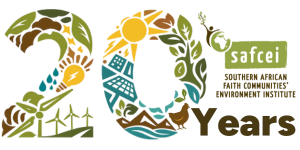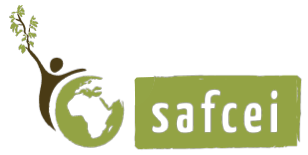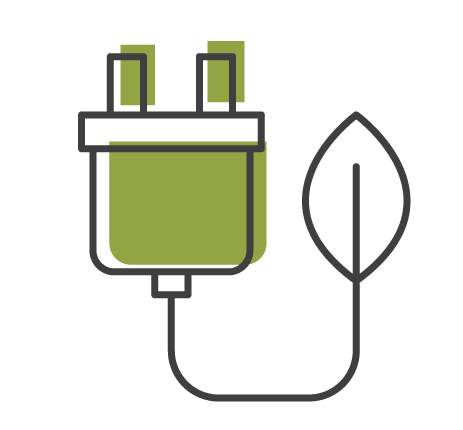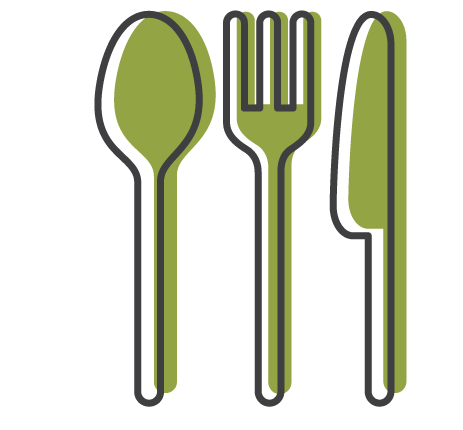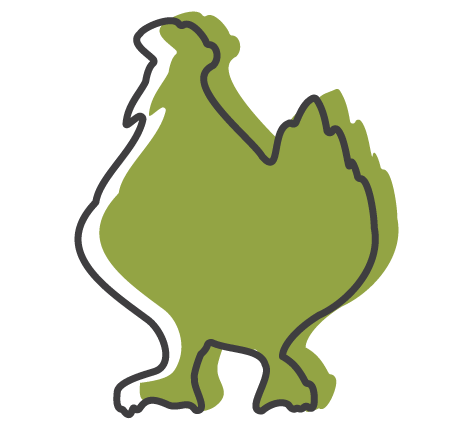The first pandemic: Avian Influenza (Bird Flu)
- Published:
How unchecked poultry factory farming methods can lead to a new and deadlier bird flu pandemic.
The Coronavirus (Covid-19) pandemic has ignited widespread awareness of zoonotic (spread from animal to human) diseases and the pace in which an outbreak in the Chinese Mainland can become a global crisis. Covid-19 is the top of all our minds, but this is not the first zoonotic disease to have a deadly impact on the people around the world.
Avian influenza, or “bird flu”, is a contagious disease of animals caused by viruses that typically infect only birds and, less commonly, pigs. It was first detected in geese in China in 1996, a year later the virus had made the jump from animals to humans during an outbreak in poultry in Hong Kong, marking the shift from an epizootic (animal to animal) disease to a zoonotic (animal to human) disease.
Avian flu has always been detected in wild birds yet the new form of the flu mutated in the factory farming system. Since then the disease has been detected in wild birds and poultry in more than 59 countries in Africa, Asia, the Middle East and Europe. The new strains of avian flu have the potential to become zoonotic and highly infectious in people.
The re-emergence of the H5N1 in 2003 and 2005 shifted awareness globally, "The year 2005 has been dubbed 'the year of bird flu'. Across the globe, the fear of avian Influenza has caused government officials to place a higher priority on developing plans to deal with pandemic influenza" (The year of bird flu. Nat Immunol 7, 115 (2006). https://doi.org/10.1038/ni0206-115)
In this blog post, I will demonstrate how unchecked poultry factory farming methods can lead to a new and deadlier bird flu pandemic. The almost forgotten H5N1 virus can serve as a potent case study on the impact zoonotic disease of this kind can affect the economy and human health. In no way am I trying to create panic in an already difficult time, but rather spark some awareness in you. Because unfortunately, nothing I say here is hyperbole but a trajectory from which we can all make an effort to divert. As Sonia Mountford (EATegrity) has commented, “Unfortunately, this is not just a case of exaggeration of the seriousness of the negative impact of how we farm livestock but instead an urgent plea to pay attention to enable us to divert from a trajectory of further pain and suffering”.
The data presented here came from research done by Sonia Mountford (EATegrity) and shared with SAFCEI. It is based on studies from 2017 and acts as a retrospective look at the impact the H5N1 virus outbreak had on South Africa.
Economic Impact
The economic impact of the outbreak of the H5N1 virus for the consumer was an estimated increase of R4 per doze. For the many living in poverty and reliant on eggs as a cheap(er) form of protein, this increase could mean cutting eggs entirely out of their diet.
During the largest avian flu outbreak in South Africa, a reactive rather than a proactive strategy to contain the H5N1 disease. Through culling affected sites, the industry saw a total of 4.7 million birds killed in the laying sector with the majority (70.95%) in the Western Cape.
The amount of birds killed in the layer hen industry is significantly higher than around the 700 000 (seven-hundred thousand) birds culled in the broiler sector.
Economically, the total number of layer birds lost amounts to an estimated value of R225 million rand. Though poor response rates on issues related to direct costs could increase the estimated cost, direct costs associated with the outbreak was estimated at around R40.5 million. The total economic loss could amount to approximately R1.87 billion rand. This total includes biological losses, direct costs and income foregone.
Again, it is the marginalised communities who 'pay' for these losses. Research by the Food and Agriculture Organization (FAO) has found eggs are one of the solutions to undernutrition that continues to be an enormous issue for many within poor and developing countries and impacts the health of many young children. Affordable and healthy eggs are 'increasingly likely to offer a practical and impactful opportunity to tackle these problems'.
Continued neglect of farming practices like caged layer hens could be the cause of a new pandemic due to the sickening conditions in which caged-hens live. Hens kept in A4 sized cages with several other hens are exposed to terrible conditions. They live in their own and other hens excrement, breathing in contaminated air and sometimes live in cages with ill or dead hens. All of the above can increase the risk of salmonella.
Human Health Impact
The world is more sensitised to the often deadly outcomes of the Coronavirus, with the numbers climbing each day and many having lost family members and friends, we all look to a cure but neglect to focus on the preventative method. By looking at the health implications of avian flu as an example of the damage a worldwide pandemic caused by industrialisation farming like that of the caged eggs.
The widespread persistence of H5N1 in poultry populations can pose two main risks to our health. I will share both risks. The first is the risk of direct infection that arises when the virus passes from poultry to humans that will result in very severe disease. And the second is that this virus will change into a form that transfers from person to person.
The first risk is the virus crossing from poultry to humans; we find that out of the few avian flu viruses that have crossed the species barrier, H5N1 has the caused the most significant number of cases of severe disease and death in humans. It has infected more than 100 humans and killed over half of them. These numbers are very worrying. Like COVID19, if another H5N1-like virus emerges, no one would be immune to it.
Unlike the typical winter flu season, which brings along with it mild respiratory symptoms in most people, the H5N1 disease is more aggressive. H5N1 causes rapid deterioration and is highly fatal, commonly with viral pneumonia and multi-organ failure.
In 2017, more than half of those infected with H5N1 died, many being previously healthy children and young adults. Knowing the number of people within the country living with pre-existing illnesses' such as tuberculosis, HIV/Aids and asthma, the outbreak of a new avian flu strain will be deadly. The high death tolls of previously healthy people and those with pre-existing illness can be seen with the current Coronavirus.
The second risk is the virus crossing from person to person becoming highly infectious and quickly transmitted. This shift, or jump, would mark the start of a pandemic (global outbreak). The impact of another pandemic is not lost by anyone. The human cost continues to grow, with many losing loved-ones daily. Restaurants, small and big business and well-established corporations are feeling the immense economic strain and many small businesses have permanently closed.
What you can do to help
We at SAFCEI emphasise the spiritual and moral imperative to care for the Earth and the community of all life. I would encourage all of us, if financially able, to seek out animal products that do not come from highly industrialised and inhumane farms but support farms that treat their animals more humanely. You can do this by opting to buy free-range or cage-free eggs. These eggs, if true to their label, come from layer hens that have space to act out natural behaviours, access to the outdoors and healthier life in general, unlike those sourced from battery caged hens. Cage-free and free-range eggs are generally safer as the risk of salmonella is lower in these facilities, and regular supervision makes avian flu outbreaks easier to detect and treat.
You can also advocate for the ethical treatment of egg-laying hens by supporting our cage-free eggs campaign, that works towards the total eradication of battery cages for laying hens in Southern Africa.
To support weekly Cage-Free campaigns, contact Georgina at georgina@safcei.org.za.
Follow our social media series on egg labeling and hen welfare on our Facebook, Instagram and Twitter pages.
Sources:
Avian Flu FAQ: http://www.kznhealth.gov.za/cdc/avianfaq.htm
Chicken meat and eggs cheap protein source for fighting global hunger: https://thepoultrysite.com/articles/chicken-meat-and-eggs-cheap-protein-source-for-fighting-global-hunger
Economic impact of the 2017 Highly Pathogenic Avian Influenza outbreak in South Africa: http://www.bfap.co.za/wp-content/uploads/AI-Report-final.pdf
Global Forum on Food Security and Nutrition • FSN Forum: http://www.fao.org/fsnforum/activities/discussions/eggs-nutrition
Global Viral Outbreaks Like Coronavirus, Once Rare, Will Become More Common: https://www.wsj.com/articles/viral-outbreaks-once-rare-become-part-of-the-global-landscape-11583455309
INFLUENZA SEASON BEGINS IN SOUTH AFRICA: https://www.nicd.ac.za/influenza-season-begins-in-south-africa/
Poverty and Chronic Diseases in South Africa: https://www.samrc.ac.za/sites/default/files/files/2017-07-03/povertyfinal.pdf
Who we are
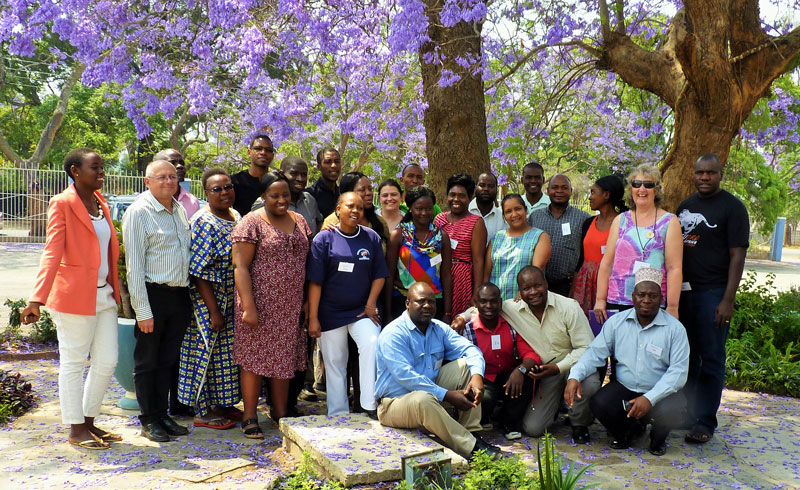
SAFCEI (Southern African Faith Communities’ Environment Institute) is a multi-faith organisation committed to supporting faith leaders and their communities in Southern Africa to increase awareness, understanding and action on eco-justice, sustainable living and climate change.
Featured Articles
-

South Africa: Who Ends Up Paying If DMRE Cooks the Price of Nuclear Power?
-

South Africa’s nuclear energy expansion plans continue to draw criticism, environmental NGOs chew over legal challenge
-

Earthlife Africa and SAFCEI respond to latest unsettling nuclear news regarding the ministerial determination
-
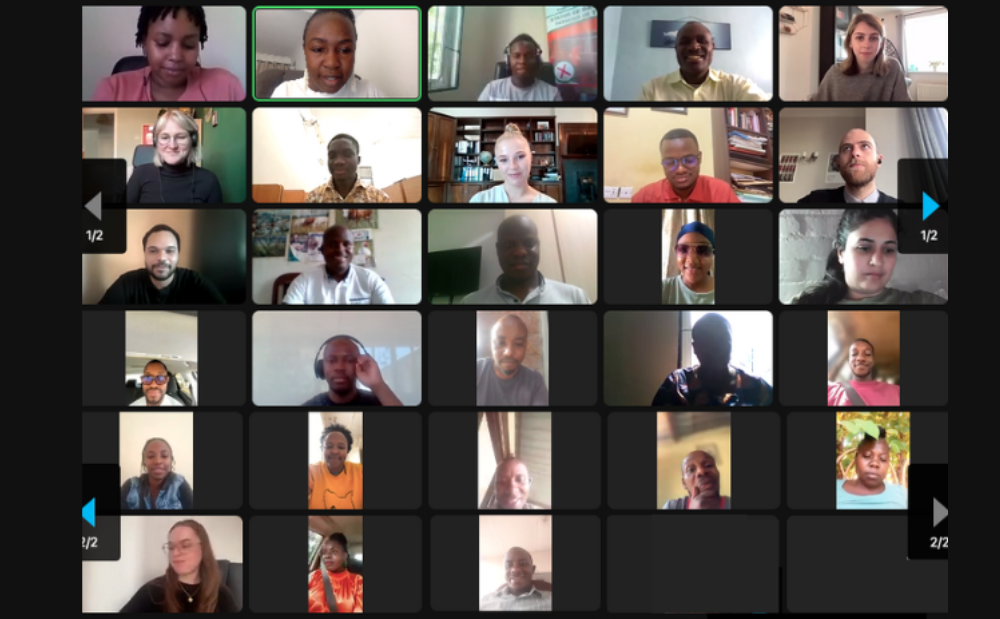
Open Wing Alliance Africa (Virtual) Summit 2023
-

The Green Connection and SAFCEI respond to energy minister's divisive and deflecting comments
-

Job Vacancy: FLEAT Coordinator
